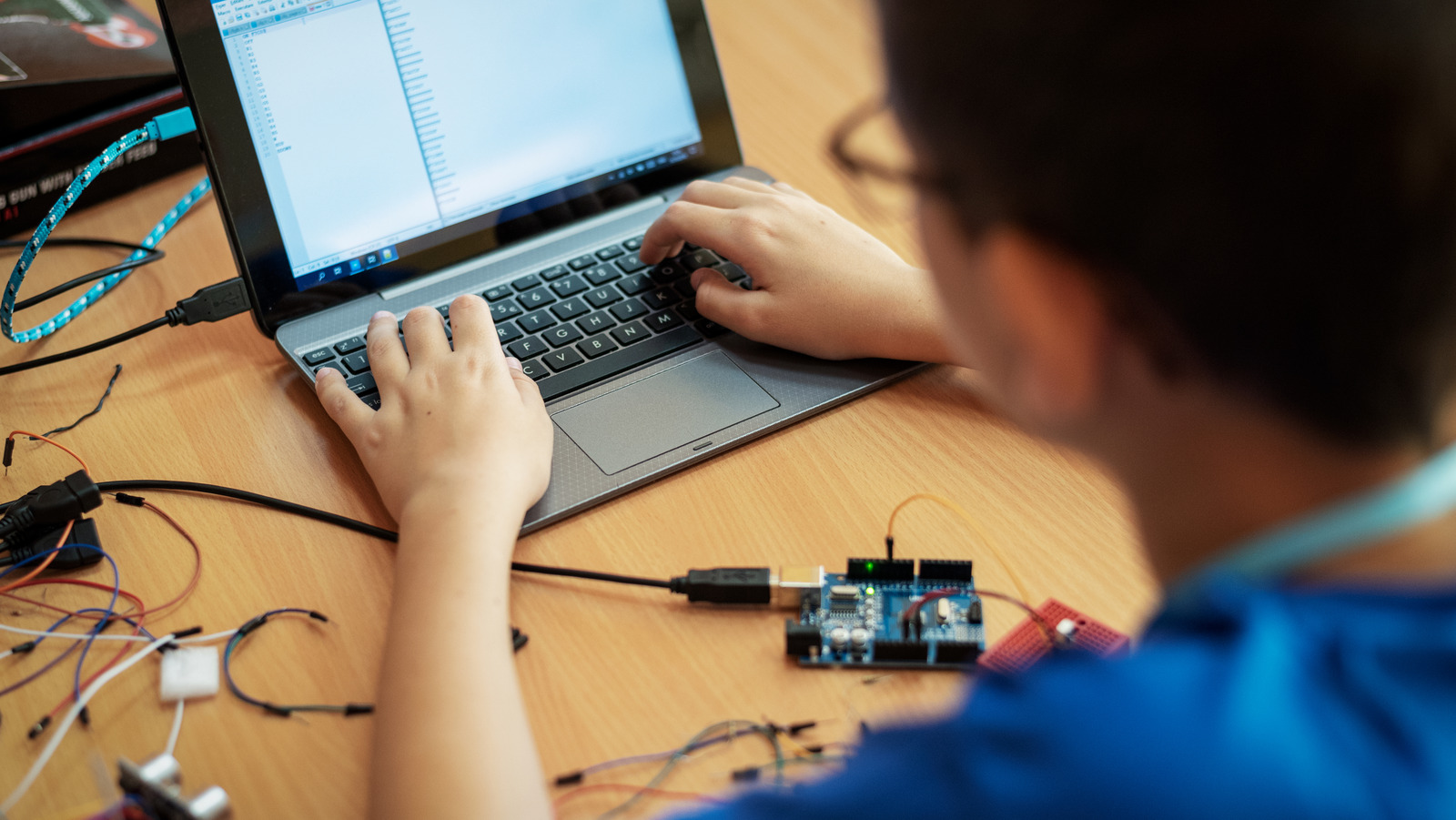How To Manage Raspberry Pi Remotely Like A Pro
Hey there, tech enthusiasts! If you're reading this, chances are you're diving deep into the world of Raspberry Pi and want to level up your skills. Managing Raspberry Pi remotely has become a game-changer for hobbyists, developers, and even professionals. Imagine controlling your Pi from anywhere in the world without needing to physically access it. Sounds awesome, right? Well, buckle up because we're about to take you on a journey where you'll learn how to manage Raspberry Pi remotely like a boss.
Let’s face it—Raspberry Pi is more than just a tiny computer. It's a powerhouse for innovation, and with the right tools, you can unlock its full potential. Remote management opens doors to endless possibilities, whether you're running a home automation system, a media server, or even a weather station. This guide will walk you through everything you need to know, step by step, so you won’t feel lost along the way.
Before we dive deep into the nitty-gritty, let’s get one thing straight: managing Raspberry Pi remotely isn’t as hard as it sounds. With the right setup and a bit of know-how, you'll be up and running in no time. So, grab your favorite drink, sit back, and let’s get started!
Read also:Who Is Joey Merlino Unveiling The Life And Legacy Of A Mob Legend
Why Managing Raspberry Pi Remotely Matters
Let’s talk about why remote management is such a big deal. Think about it—how often do you find yourself needing to tweak settings or check on your Pi but can’t physically be there? Whether you're away from home or just don’t feel like walking over to the device, remote access saves you time and effort. Plus, it makes your projects more efficient and scalable.
Here are some reasons why managing Raspberry Pi remotely is essential:
- Convenience: Access your Pi from anywhere with an internet connection.
- Flexibility: Perform tasks like file transfers, software updates, and troubleshooting without being physically present.
- Security: Monitor and protect your Pi from unauthorized access.
- Automation: Set up scripts and cron jobs to automate repetitive tasks.
Managing Raspberry Pi remotely isn’t just about convenience—it’s about empowering you to take control of your projects and make the most out of your hardware. Let’s explore how you can achieve this in the next section.
Setting Up Your Raspberry Pi for Remote Access
Alright, let’s get our hands dirty! The first step to managing Raspberry Pi remotely is setting it up correctly. Don’t worry; it’s not as complicated as it seems. Here’s what you’ll need to do:
Step 1: Install Raspbian OS
First things first, make sure your Raspberry Pi is running the latest version of Raspbian OS. This is important because newer versions come with built-in features that make remote management easier. You can download Raspbian from the official website and flash it onto your microSD card using tools like BalenaEtcher.
Step 2: Enable SSH
SSH (Secure Shell) is your best friend when it comes to remote management. To enable SSH, all you need to do is create an empty file called “ssh” in the boot partition of your SD card. That’s it! Once your Pi boots up, SSH will be enabled automatically.
Read also:Unblocked Sex Games
Pro tip: If you’re using Raspberry Pi OS with desktop, you can enable SSH through the Raspberry Pi Configuration tool. Just go to Preferences > Raspberry Pi Configuration > Interfaces and toggle SSH to “Enabled.”
Tools You Need to Manage Raspberry Pi Remotely
Now that your Pi is set up, let’s talk about the tools you’ll need to manage it remotely. There are several options available, each with its own advantages. Here are some of the most popular ones:
1. SSH (Secure Shell)
SSH is the go-to method for most users. It allows you to connect to your Pi securely over the internet and execute commands directly from your terminal. To use SSH, you’ll need to know your Pi’s IP address. You can find this by typing “ifconfig” in the terminal or checking your router’s admin page.
2. VNC (Virtual Network Computing)
If you prefer a graphical interface, VNC is the way to go. It lets you remotely control your Pi’s desktop environment as if you were sitting right in front of it. To set up VNC, simply enable it in the Raspberry Pi Configuration tool and install a VNC client on your computer.
3. Web-Based Interfaces
For those who want a more user-friendly experience, web-based interfaces like Pi-hole or OpenHAB are great options. These tools allow you to manage your Pi through a browser, making it easy to access from any device with an internet connection.
Connecting to Your Raspberry Pi Remotely
Now that you have your tools ready, let’s connect to your Raspberry Pi remotely. Here’s how you can do it:
Using SSH
Connecting via SSH is straightforward. Open your terminal (or PuTTY if you’re on Windows) and type the following command:
ssh pi@
When prompted, enter the default password “raspberry” (unless you’ve changed it). That’s it! You’re now connected to your Pi remotely.
Using VNC
To connect via VNC, launch your VNC client and enter your Pi’s IP address. You’ll be prompted to log in with your Pi’s username and password. Once connected, you’ll see your Pi’s desktop environment right on your screen.
Securing Your Remote Connection
Security should always be a top priority when managing Raspberry Pi remotely. Here are some tips to keep your Pi safe:
- Change the default password: Never use “raspberry” as your password. Set a strong, unique password instead.
- Use a firewall: Install a firewall like UFW (Uncomplicated Firewall) to block unauthorized access.
- Enable two-factor authentication: Tools like Google Authenticator can add an extra layer of security to your SSH connections.
- Keep your software up to date: Regularly update your Pi’s software to patch any security vulnerabilities.
By following these steps, you’ll ensure that your Pi is protected from potential threats while still allowing you to manage it remotely.
Troubleshooting Common Issues
Even with the best setup, you might run into some issues when managing Raspberry Pi remotely. Here are some common problems and how to fix them:
Problem 1: Can’t Connect via SSH
If you’re unable to connect to your Pi via SSH, double-check the following:
- Make sure SSH is enabled on your Pi.
- Verify that your IP address is correct.
- Ensure that your firewall isn’t blocking the connection.
Problem 2: Slow Connection
A slow connection can be frustrating, but there are ways to speed things up:
- Use a wired Ethernet connection instead of Wi-Fi.
- Optimize your SSH settings by editing the SSH config file.
- Consider using a faster internet provider if necessary.
Remember, troubleshooting is all about patience and persistence. Don’t give up if things don’t work the first time—keep trying until you find the solution.
Advanced Techniques for Remote Management
Once you’ve mastered the basics, it’s time to take your remote management skills to the next level. Here are some advanced techniques to explore:
1. Port Forwarding
Port forwarding allows you to access your Pi from outside your local network. To set it up, log in to your router’s admin page and forward port 22 (the default SSH port) to your Pi’s local IP address.
2. Dynamic DNS
If your ISP assigns a dynamic IP address to your router, consider using a Dynamic DNS service. This will give your Pi a consistent domain name that you can use to connect remotely, even if your IP address changes.
3. Automation with Cron Jobs
Cron jobs let you automate tasks on your Pi, such as backups, updates, and maintenance scripts. To set up a cron job, open the crontab editor by typing “crontab -e” in the terminal and add your desired commands.
Real-World Applications of Remote Management
Managing Raspberry Pi remotely isn’t just a cool trick—it has real-world applications that can make a difference in your projects. Here are some examples:
1. Home Automation
Use your Pi to control smart devices like lights, thermostats, and security systems. With remote access, you can monitor and adjust settings from anywhere.
2. Media Server
Set up a media server on your Pi and stream your favorite movies and music from anywhere in the world. Tools like Plex and Kodi make this easy and fun.
3. Weather Station
Build a weather station using your Pi and sensors, then access the data remotely to track weather patterns and trends.
The possibilities are endless—what will you create?
Conclusion: Take Your Pi to the Next Level
Managing Raspberry Pi remotely opens up a world of opportunities for innovation and convenience. From automating tasks to monitoring your projects from anywhere, the benefits are undeniable. By following the steps outlined in this guide, you’ll be well on your way to becoming a remote management pro.
So, what are you waiting for? Get started today and see how much you can achieve with your Raspberry Pi. And don’t forget to share your experiences in the comments below—we’d love to hear about your projects!
Call to Action: If you found this guide helpful, consider subscribing to our newsletter for more tips and tricks. Plus, check out our other articles for even more Raspberry Pi goodness!
Table of Contents
- Why Managing Raspberry Pi Remotely Matters
- Setting Up Your Raspberry Pi for Remote Access
- Tools You Need to Manage Raspberry Pi Remotely
- Connecting to Your Raspberry Pi Remotely
- Securing Your Remote Connection
- Troubleshooting Common Issues
- Advanced Techniques for Remote Management
- Real-World Applications of Remote Management
- Conclusion: Take Your Pi to the Next Level


